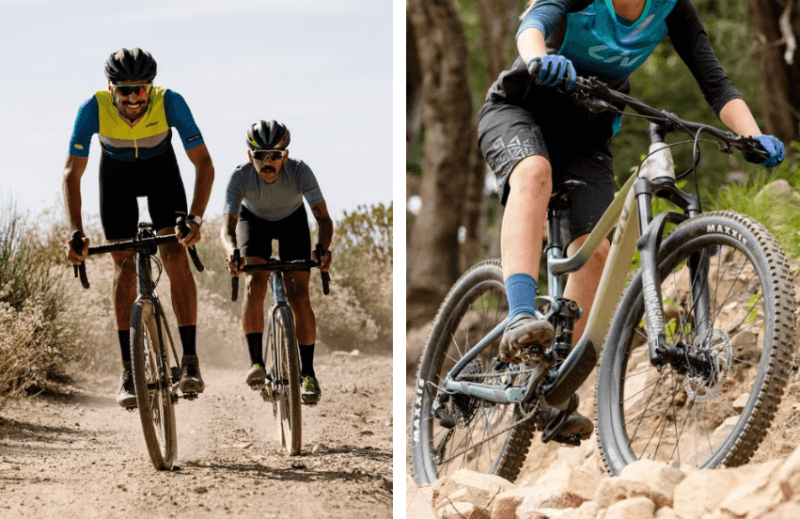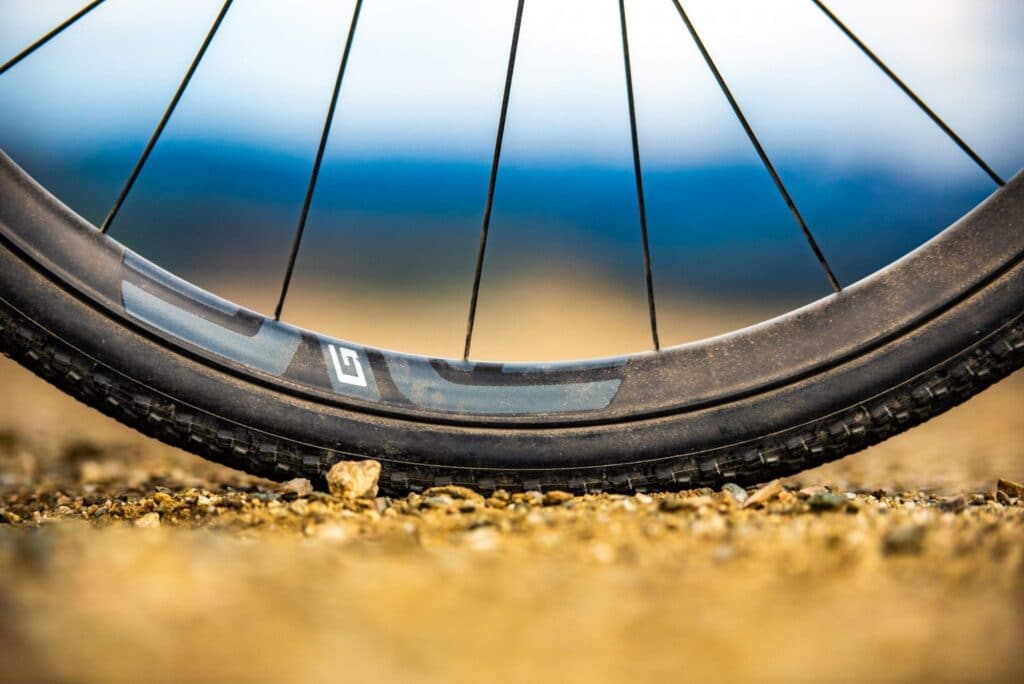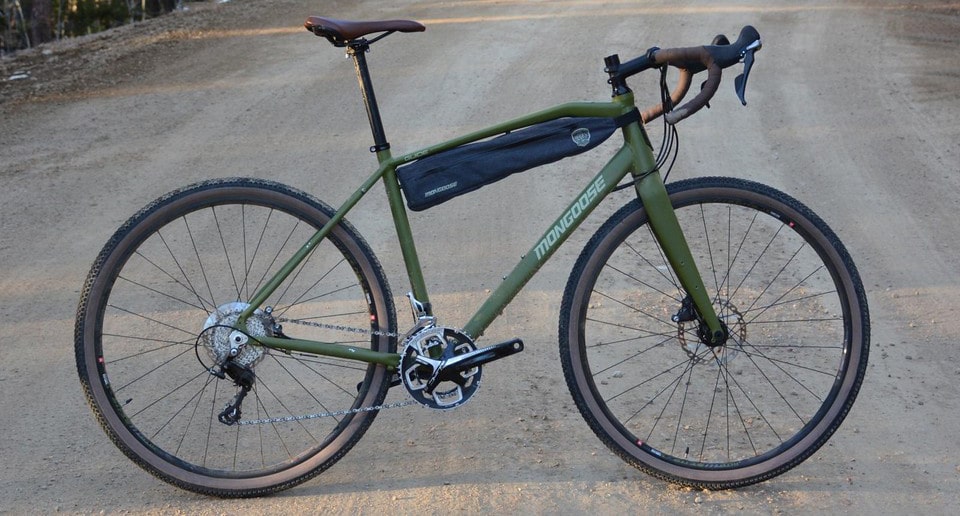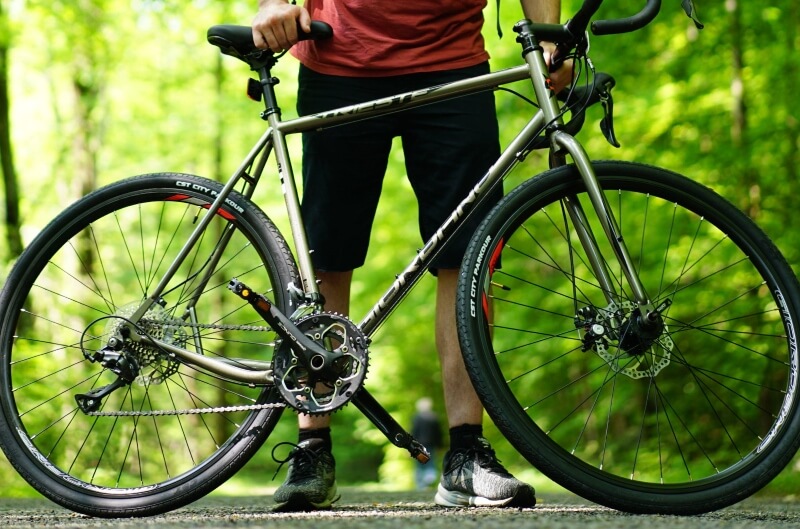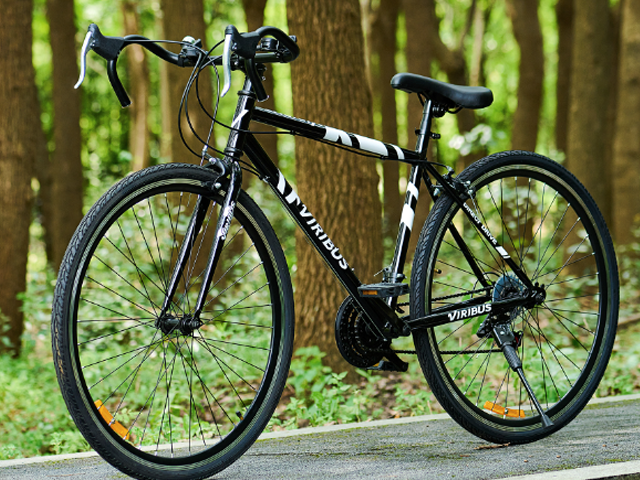- Trails
-
Bikes
-
Gear
-
Tips & Tricks
-
About us


Love for cycling is more than the thrill of the breeze through your hair when you ride. It’s also about your bike and its components. Talking about the type of bike (road bike, gravel, or mountain bike), the gears, tires, brakes, handlebar, seat, and stability, speed, balance, and so on are also involved. And when it comes to gravel bikes, flat bar vs. drop bar is a common debate. Most riders prefer the drop bar handlebar over the flat bar, while others prefer the latter over the former, and they have their different reasons why. But for those that might be new to riding or you are simply interested in what type of handlebar suits you best, then you have clicked the right article. In this article, or at least by the end of this guide, you would have understood the meaning and the whole idea behind the two different handlebars, as well as the differences between them. You would also be able to decide which is best for your riding with the guideline provided. So without any more story, let’s begin.
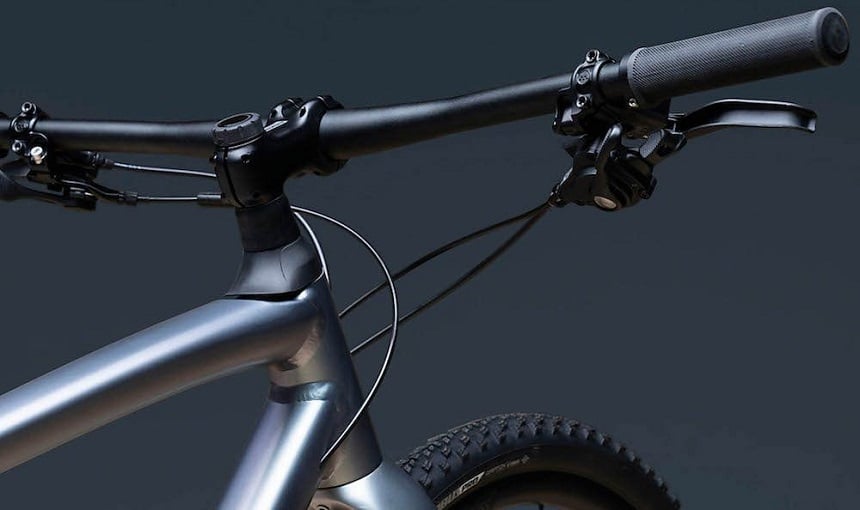
It is a straight horizontal handlebar that goes across the front of the bike. And it is best for level steering. Note that a flat bar, like the Aurnoet MTB flat handlebar, is perfectly straight and not bent towards or away from the rider.
Although some variations can have tiny amounts of angling to allow the cyclist to ride in a comfortable position or to provide a better grip, this is the best handlebar for riding within cities and towns because it promotes leveled riding.
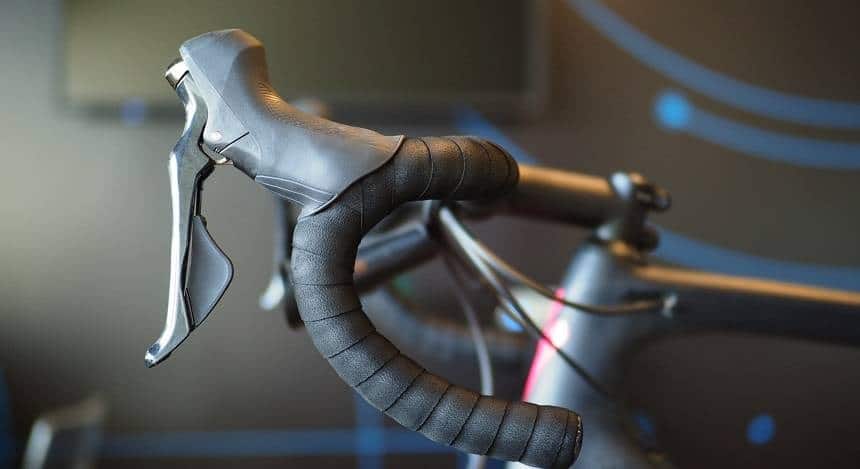
Drop bars are also named based on their design. It is a flat horizontal area in the middle, but the two ends on either side are bent. Now they can be bent downwards like the REDSHIFT Kitchen Sink Bike Drop Bar or upwards. Bikes with a drop bar have their brakes attached to each drop (or rise as the case may be). This is different for a flat bar where the brakes are parallel to the bar. Drop bars also have many sophisticated designs with variations at the top, the drops, and the hood. Though they are normally narrower than flat bars, you can find a drop bar that is about 18 inches wide. Drop bars allow for versatility with hand positioning and are best for climbing hills because they provide leverage for pedaling. However, they don’t allow for good control, so they aren’t the best option for beginners and new bike riders. They are also technical to maintain because drop bike handlebars’ mechanical components are unique and special to every bike. So they can be slightly hard to find and sometimes pricey.
Now that you have background knowledge of a flat bar and a drop bar, you should be able to beat your chest now and say you know about two to three differences. But in case you missed it in the body of the definitions above, here are six (6) differences between the two handlebars.
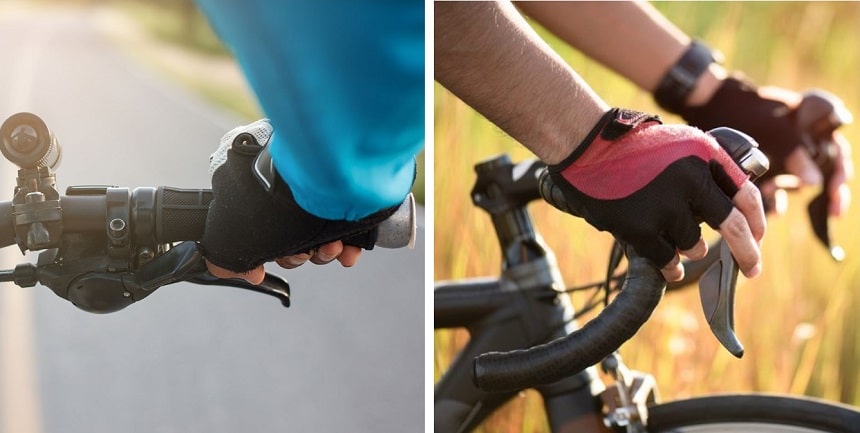
Others (especially if you are already a pro at riding) love versatility when it comes to hand positioning. Moving from the hood, the top, to the ends of the handlebar is only possible on a drop bar. Tension is decreased, and despite its narrowness, you can stretch your hands easily while cruising on your bike.
Flat bars, on the other hand, allow for only one hand position and so you cannot be able to flex your hands while riding.
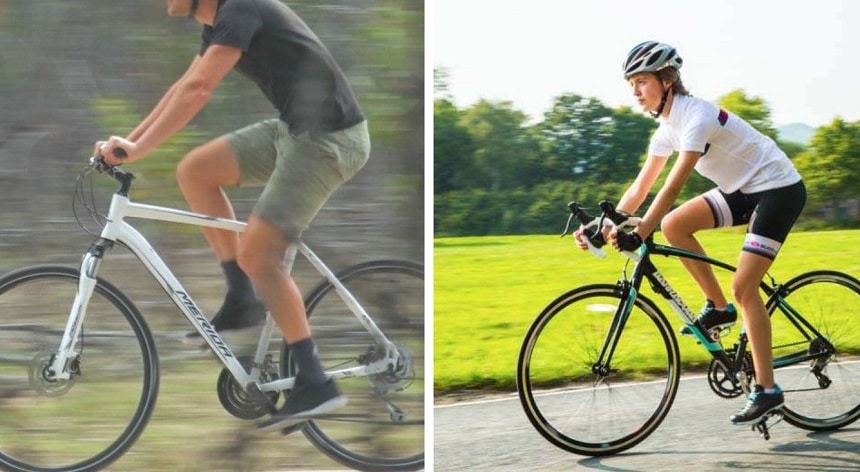
When it comes to riding, you need to be in a comfortable position. These differences in position also determine the level of speed you can attain while riding. Bikes with flat bar handlebars allow you to be more upright and comfortable. You don’t need too much flexibility with this bike, and you can carry a backpack too. It is the best fit for school kids (by the way). Bikes with drop-bar handlebars allow you to lean forward instead of sitting upright. This position is the best fit for those that want to speed things up, climb hills, or reach more flexibility.
This is another difference between drop bars and flat bars. You’ll notice that flat bars are the most common type of handlebars on road bikes, city bikes, and other cruise bikes. That’s because flat bars don’t support speed. It is best for those that ride short distances or ride only for fun. Bikes with drop bars can move faster on both straight roads and even in bends too. Since the bike allows you to sit lower, the center of gravity is lower, so you can navigate better during bends. So if you are looking for a fast bike – go for one with a drop bar handlebar.
Versatility refers to the state of variety, and when it comes to riding, versatility is what makes riding fun and enjoyable (combined with the other benefits of cycling Trusted Source Cycling - health benefits - Better Health Channel Cycling can help to protect you from serious diseases such as stroke, heart attack, some cancers, depression, diabetes, obesity and arthritis. www.betterhealth.vic.gov.au ). As you must have already guessed also, bikes with drop handlebars offer better versatility when compared with flat bars. Drop-bar bikes let you hold the handlebar in three different positions – the drop, hood, and top. It also allows you to change hand position (as we have mentioned in the first point).
A flat-bar has less versatility and gives the rider only one option for hand positioning. That’s why it is better for those that ride short distances because your hands can get weary or strained from just one position for a long time.
For some riders, this is a big deal. If you ride gravel bikes and you do a lot of cornering, or you use a road bike and want a great bike to corner through traffic or urban areas, you would need a good bike that can make excellent cornering around obstacles and/or traffic. Drop-bar bikes are better with control and maneuvering when moving at fast speeds, while flat bar bikes are better when moving at a slower pace. However, if we were to remove the speed factor and rate both bikes generally, bikes with flat handlebars are easier to control and hence can make the best corner rides.
This is the sixth difference between the two handlebars. Balance is key for riders Trusted Source Uncomfortable on Bike? Check Handlebars People who spend a lot of time on bicycles or in indoor cycling class often complain of genital numbness, and now a new study in women suggests that low handlebars may be at least partly to blame. www.webmd.com , especially those that ride bikes on bumpy or slippery roads like mountain roads, gravel, loose sand, forest route, and so on. And balance is a sum of stability, good sitting posture, and maneuverability. Between the two bikes, the flat bar is more stable because the handle is wide, and it provides better balance and leveling. That’s why electric bikes or mountain bikes have flat-bar handlebars. However, the drop bar provides a better grip which helps fast riders maintain stability and balance while riding. That’s why gravel bikes and some city bikes have drop bars so that the riders can remain balanced even on speed.
It is already obvious that both bikes have both advantages and disadvantages. Here are the pros and cons of both handlebars.
Here are the answers to some frequently asked questions.
Drop bars should be used by bike riders that want more speed and versatility because these are the main highlights of a drop bar. However, if you are using this handlebar, there won’t be space to add fancy bike accessories.
Flat bars are best for those that prioritize control and better handling over speed. With a flat bar handlebar, you can easily navigate through busy streets, and a plus is that you can carry extra cargo like a bag pack.
It is possible to install drop bars on any mountain bike, but it may not be the best decision. This is because most mountain bikes have a frame geometry that is designed for a longer reach, which may not be compatible with drop bars, resulting in a poor fit.
The most comfortable handlebar is a flat bar because of three reasons. First, it allows you to sit uprightly. It also allows you easier access to your brakes and the design of the handlebar provides balance and better leveling.
What is the best drop bar road bike?
It will depend on your specific needs and preferences. However, some popular and highly-rated options include:
– Specialized Roubaix: This bike features a comfortable and smooth ride thanks to its Future Shock suspension system and compliance-oriented frame design.
– Trek Domane: Known for its stable and smooth ride, the Domane has an innovative IsoSpeed decoupler that provides additional compliance.
– Giant Defy: This bike has a reputation for being one of the most comfortable road bikes on the market thanks to its endurance-oriented geometry and vibration-damping technology.
– Canyon Endurace: This is a lightweight and fast bike that comes with a comfortable ride and great handling.
– Cervelo R Series: It offers a perfect combination of speed and comfort with its unique Squoval tube shapes and its sleek design.
Yes, you can. The Kona Rove gravel bike can accommodate a wide range of handlebar styles. However, installing flat bars will change the riding position and handling characteristics of the bicycle. They offer a more upright riding position and less aerodynamics. Also remember that you will also need to replace the stem and brake levers with ones that are compatible with flat bars.
When it comes to converting drop bars to flat bars on a Salsa Cutthroat or some other gravel bike, there are a few steps you need to take.
First, remove the existing handlebars from the stem by unscrewing the two bolts that hold them in place. Once loosened, you can slide the bars off and discard them.
Next, you’ll install your new flat bars. Make sure the stem is set to a comfortable height and angle before attaching the new handlebars. Place the end of the handlebars in the stem, then screw the two bolts back into place. You may need to adjust them at this point so they are tightened securely without being overtightened.
Once the bars are in place, you will need to route the cables through your new handlebars. Feed the shifter and brake cables through the respective slots in the bars, then secure them with zip ties. It’s important to make sure all of the cables are routed properly so they don’t interfere with shifting and braking.
Finally, you’ll need to adjust the brake lever position and shifter placement so they are comfortable for you. You can also add bar tape, grips, or a saddle to your handlebars if desired.
Once all of these steps are complete, you should have a fully functional flat bar setup on your bicycle.
Though the difference between a flat bar and a drop bar, there is no one overall best handlebar for all riders. The one you choose depends on your preferences as a rider. Do you prefer speed over balance? Do you want to switch hand positions often while riding, or do you want to carry extra items of luggage on your rides? The answer to these questions will tell you which one you should opt for. However, the answer to flat bar vs. drop bar is pretty straightforward for new cyclists. They need bikes that are easier to navigate, control, and maintain. They also don’t need to prioritize speed over other aspects. So this makes flat bar bikes the better option for newbies and children that ride bikes for fun or to go to school.
